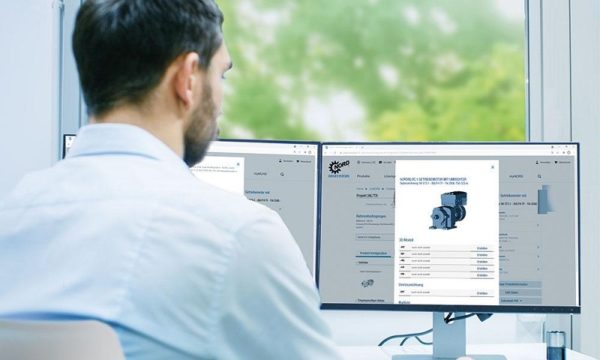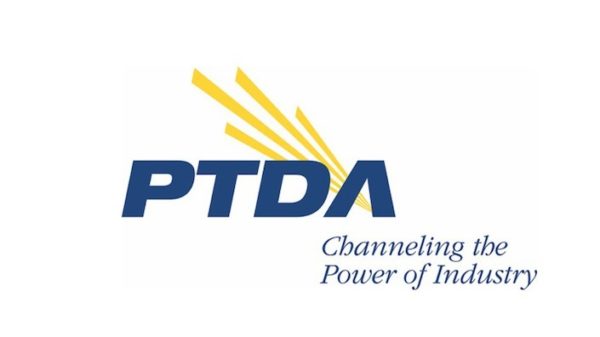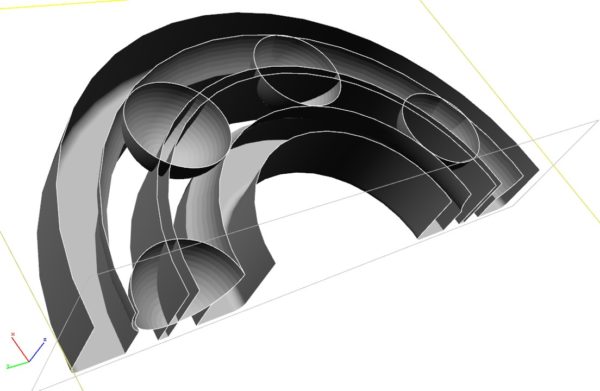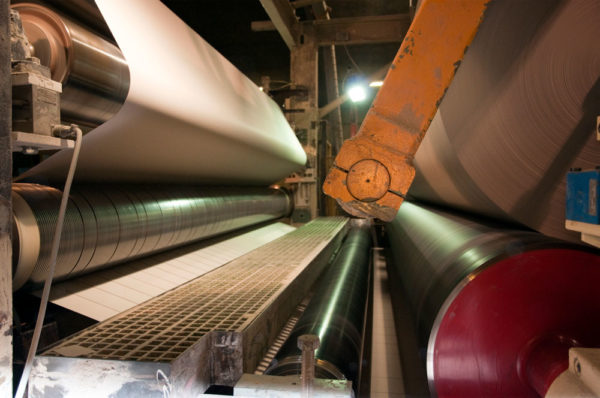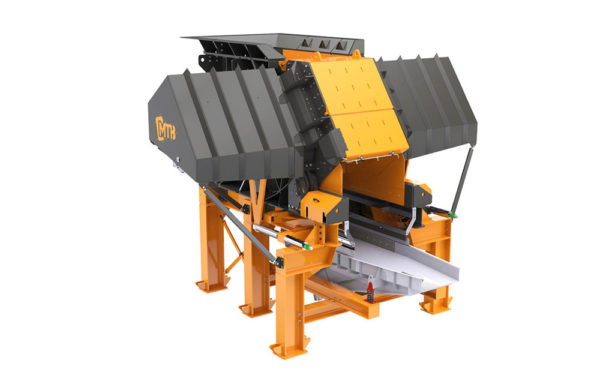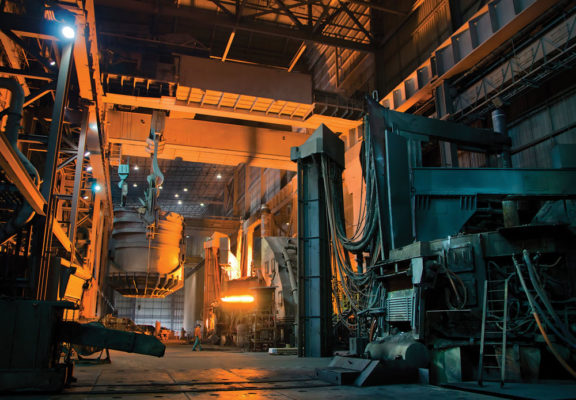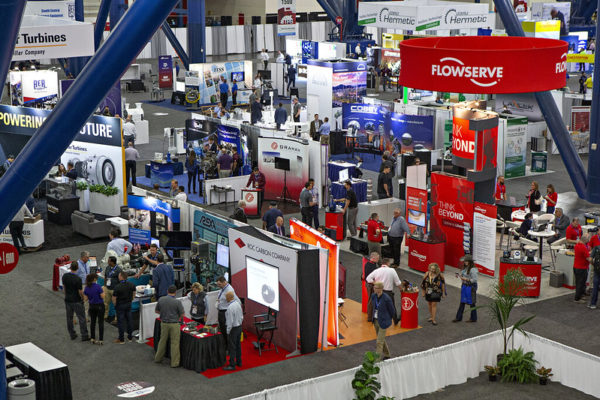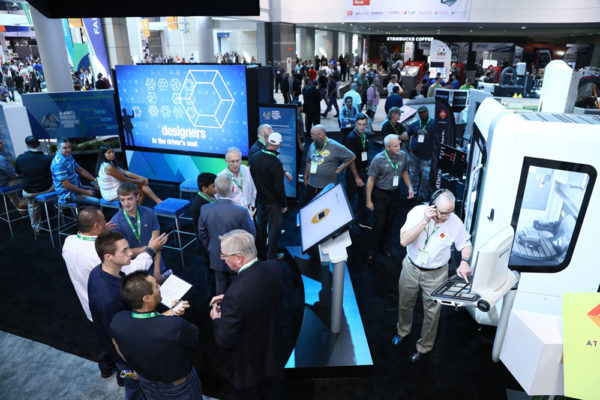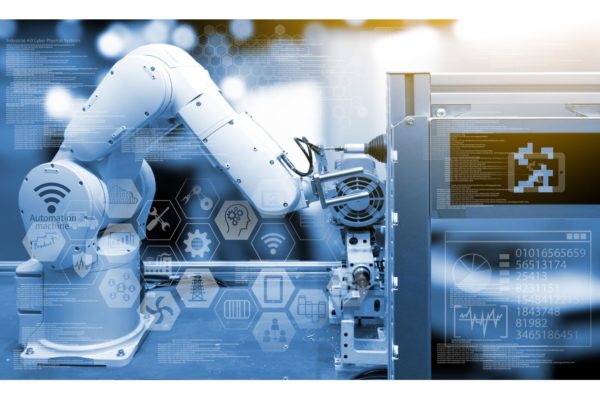Gear Drives
Always Fit to Print
What would a trade magazine be without a healthy low-ratio, high-speed gearing system?
Read More
The Optimization of 70 Tons of Scrap
Electric pre-shredder provides energy efficient option with MAV shrink discs
Read More
A Preview of the 2022 Turbomachinery & Pump Symposia
A vital industry event for rotating-equipment engineers and technicians worldwide
Read More
